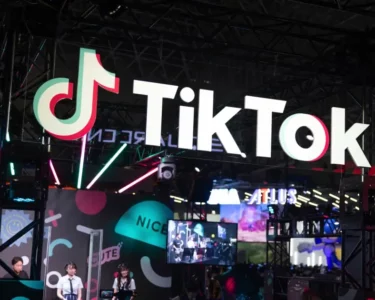On August 8th, 2023, the Cyberspace Administration of China (CAC) took a significant step towards addressing concerns surrounding the excessive utilization of facial recognition technology in the country. In response to the growing public apprehensions about the unchecked proliferation of this technology, the CAC issued a set of preliminary regulations aimed at overseeing and managing the security aspects of facial recognition technology.
The central tenet of these draft rules is to ensure that the application of facial recognition technology remains purpose-specific and necessitated by specific circumstances. The CAC emphasizes that such technology should only be employed when there is a clear and legitimate reason for its use, accompanied by stringent protective measures to safeguard individuals’ privacy and data.
Crucially, these regulations prioritize the principle of individual consent. The CAC unequivocally states that the usage of facial recognition technology requires the explicit agreement of the individuals being scanned. This critical safeguard ensures that the technology is used ethically and respects individuals’ autonomy over their personal information.
Recognizing the need for a balanced approach, the draft rules advocate for the preference of non-biometric identification solutions over facial recognition technology in cases where both options yield similar results. This approach underscores the regulator’s intention to explore alternative identification methods that can achieve the desired objectives without infringing upon personal privacy.
The widespread adoption of biometric identification, especially facial recognition, in China has prompted a series of concerns over its potential misuse. Notably, reports emerged in 2020 that facial recognition was employed even for seemingly mundane tasks such as activating toilet paper dispensers, sparking widespread debate and regulatory scrutiny. Subsequently, many Chinese courts and local authorities took action against companies found guilty of overusing facial recognition technology.
The CAC’s newly introduced draft rules also outline specific guidelines for the installation of image-capturing and personal identification devices. Notably, these devices are prohibited from being installed in areas that may encroach upon individuals’ privacy, such as hotel rooms, public bathrooms, changing rooms, and toilets. Instead, the regulator stipulates that image-capturing devices can only be placed in public spaces for the sole purpose of enhancing public safety. To further ensure transparency and awareness, these devices must be accompanied by conspicuous warning signs.
This move towards stricter regulation of facial recognition technology aligns with Beijing’s broader efforts to enhance data governance and protection. A notable example is the introduction of the Personal Information Protection Law in 2021, which marked a significant step toward curbing companies’ excessive use of user data. As China continues to navigate the intricate landscape of technological advancement and individual rights, these new draft rules signal the government’s commitment to striking a balance between innovation and safeguarding citizens’ privacy.





